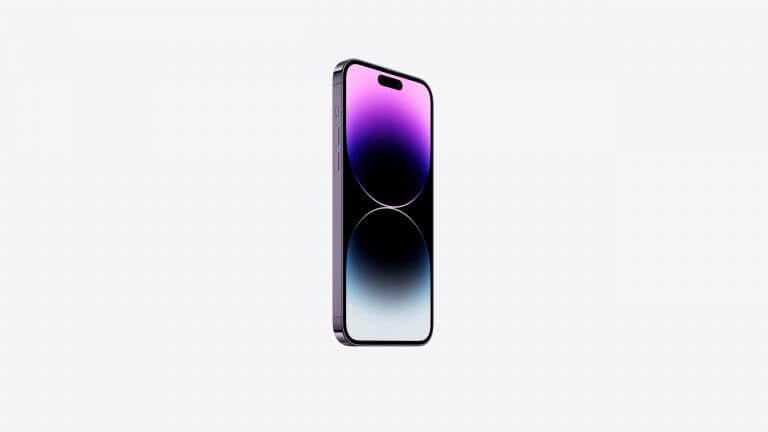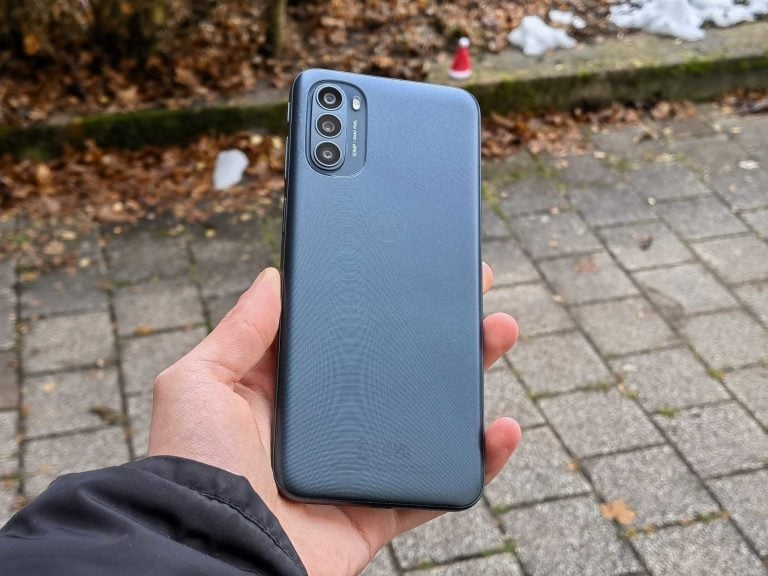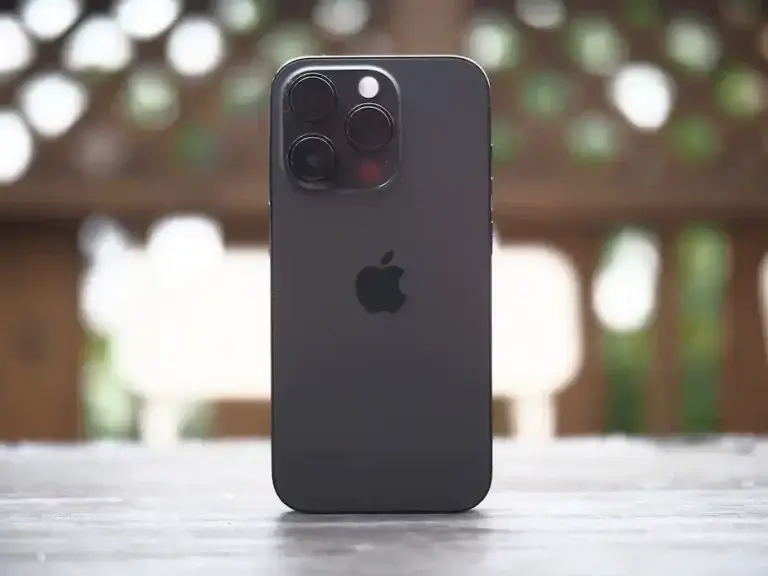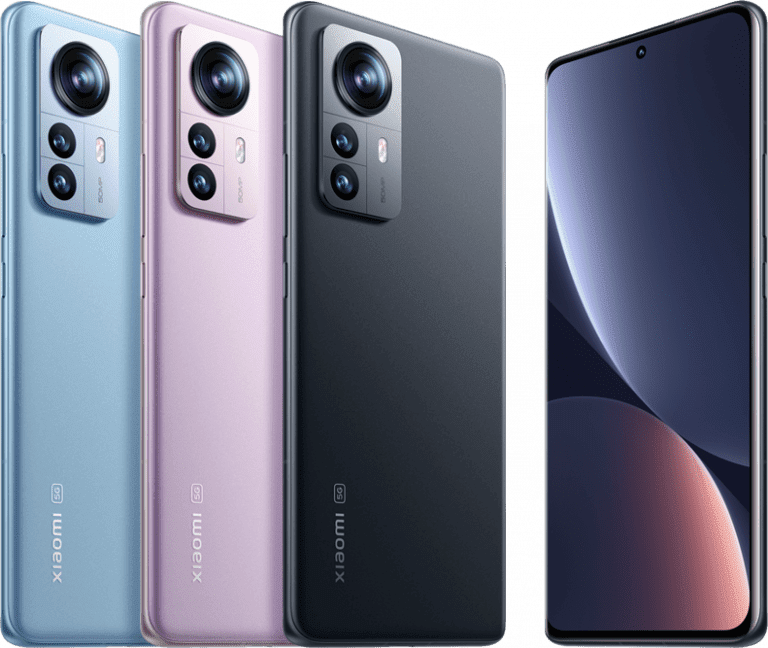What is Mobile Application Development?

Throughout the years, mobile applications have been pretty popular in everything. Every business or company is rolling out a mobile application to deal with their customers. Almost every business or service has its own mobile application. Many mobile apps require a stable network connection to work.
In this article, we will be telling you about mobile application development and things related to it.
Custom Mobile Application Development
Custom mobile apps development is a process of creating custom software applications that will be able to run on mobile devices. A regular mobile application utilizes a stable network connection to function and works with remote computing resources.
The mobile application development process involves some serious installable software bundles. Codes, binaries, and assets, to name a few. Then on top of that, the developers have to implement back-end services, for instance, data access with an API. They have to test the application on targeted devices.
Check Samsung Galaxy S22 FE
Mobile Applications And Their Device Platforms
Mobile applications have been around for a long time now. So far, we have seen two dominant platforms in the modern smartphone market. One is the iOS platform from the Cupertino-based company, Apple.
The iOS platform is an operating system of Apple that runs their popular lineup of iPhones. The second platform is Android from Google. Android OS is not only used by Google devices, but there are many other original equipment manufacturers that built smartphones on their own and other smart devices.
Moreover, there are some things that are pretty similar between these two platforms during the development of applications. Developing both of the platforms’ apps involves different software development kits (SDKs). Also, it requires a different development toolchain. Meanwhile, Apple uses iOS exclusively for their own devices.
Google has made Android available to other companies. They have to meet specific requirements such as Google applications which are needed in these devices before they are shipped to the customers. Developers can build apps for millions of devices. They just have to target both of the platforms whenever they are building an application.
Alternatives for Building Mobile Apps
For building mobile apps, there are four major development approaches. Readers can check them below:
- Native Mobile Applications
- Cross-Platform Native Mobile Applications
- Hybrid Mobile Applications
- Progressive Web Applications
Each of these approaches for building and developing mobile applications comes with its own pros and cons. Whenever developers are choosing the right development approach for their projects, they prefer a better user experience, computing sources, and native features which are required by the app.
Developers also look forward to the development budgets, time targets and resources that are available to maintain the app.
Check iPhone 14 Pro Max vs. iPhone 13 Pro Max
Native Applications
Native mobile apps are written in programming languages and frameworks, which are provided by the owner. They are running directly on the operating system, which can be iOS or Android.
Cross-Platform Applications
Cross-platform applications are written in different programming languages and frameworks. However, they are compiled into a native application that will be running on the operating system of the device.
Hybrid-Web Applications
Hybrid mobile apps are developed and built on standard web technologies. It includes JavaScript, CSS, and HTML5, These are bundled as app installation packages.
If you compare it to native apps, the hybrid apps work on a ‘web container.’ It provides browser runtime and a bridge for native device application programming interface through Apache Cordova.
Progressive Web Applications
PWAs give an alternative approach to regular mobile app development. It skips the app store and app installation procedure. Progressive web applications are web applications that use a set of browser capabilities.
For instance, working offline, running background processes, and adding links to the device’s home screen. It gives an ‘app-like’ user experience.
Check Samsung Galaxy A54
Native vs. Hybrid Applications
There are main ways that make native apps different from hybrid apps. You can check it below:
Native
- Platform-specific
- Compiled Language
- Access to Device Hardware
- Platform Frameworks
Hybrid
- Cross-platform
- Scripting / Compiled
- Plugins / Native Modules
- Web Frameworks
Choosing the Hybrid/Cross-platform Approach
Native mobile app development requires a highly specialized skill set. Even though there are large developer communities for C and Java, the language families are used for native development. There are some developers who have a skill set for platform-specific versions of those languages and their IDEs.
However, skilled native app devs are in demand nowadays. Many companies are willing to take them on board and keep them permanently. These companies have to outsource the work to other design and development houses to develop and build their apps for them.
How Does Hybrid and Cross-Platform Frameworks Work?
Hybrid apps give an edge to developers by using web technologies such as HTML5, CSS and JavaScript. After that, they can encapsulate those web applications in a container. This will allow the web application to act as a native application on the device. Most hybrid mobile apps are just web apps running on an embedded browser environment.
The coding is done on a web app, which can be used to build a mobile app. Since the rendering and runtime performance of mobile browsers have been increasing, hybrid development is an ultimate alternative for web developers who are looking to build and develop mobile apps more quickly than ever.
Progressive web applications, let’s just say PWAs, are written in traditional web application programming technologies. It includes some variants from JS, HTML5, and CSS. They are accessed initially via a browser on the device or computer.
React Native and Native Script deliver native components to work with cross-platform code. Meanwhile, some others, such as Flutter and Xamarin, compile cross-platform code into the native code for better performance.
Mobile App Development Lifecycle
The two interlinked core components of a mobile app are the front-end that is on the mobile and the back-end that supports the mobile front-end. You will learn about the front-end and back-end below:
During the starting days of the modern smartphone apps era, mobile apps went through an evolution as the first websites. The very first thing, the apps and sites acted as more than static ads for the brand, company, product, or service.
However, after a while, when the connectivity and network capabilities started to get improved over time, the apps started to become connected to sources of data and information that were live outside the app.
The apps started to become dynamic as they were able to upgrade their UI, content, and data which they received over the network from the queries to data sources.
Throughout the years, mobile front-end apps started to rely on and get integrated with the back-end services that provided data to be consumed using the mobile front-end. This data included product info for e-commerce apps and flight info for travel apps. For the mobile games, the data included newer levels or challenges, scores, and avatars from other players.
How Front-End Work With The Back-End?
The mobile front-end obtains the data from the back-end using a variety of service calls, such as APIs (application program interface). However, there are some cases in which these APIs are owned and operated by the same entity that is developing the mobile application.
Meanwhile, in other cases, the API might be in control of a third party and is accessible from a mobile app via a commercial arrangement.
Let’s take this as an example, and a dev might obtain social media or advertising content by making calls to media or ad company services. In this case, a dev has to sign a contract in order to obtain credentials, data, and a key that grants access to the application program interface.
Then it governs how the developer can use it, what it will be the costing or how frequently it will be called, or how much data will be requested every time.
Why Devs Use A Cloud-Backend?
Many mobile devs are responsible for creating and managing the back-end services of most of the applications. The mobile dev might not be an expert or don’t have the skills to spin up and run a back-end infrastructure.
In such cases, developers prefer using cloud service providers. With the help of a cloud service provider, it will handle all the heavy work and heavy lifting of managing back-end capabilities.
With this, devs will be able to focus on the features and functionalities they are developing and building in their app without worrying about scalability, security, and reliability.
The Mobile App Front-End
The mobile front-end is an interactive, attractive, and visual part of the app which users normally experience. It is on their devices, and there’s an icon that represents the app that is available on the home screen, menu, or the app drawer in the device. The app is available on the platform’s app store.
How Does A Front-End Development Workflow Looks Like?
Whenever devs tell us that they are mobile application programmers, most of the time, they refer to themselves as front-end developers, and they do all the work on the front-end part of the application.
No doubt they are skilled in the languages and technologies which are used to create and build this front-end app.
There may be many different people involved in the design and development department of the front-end mobile. It depends on the size of the team creating and building the app. The size of the team can have a single developer who’s doing everything that is related to building the app, or there can be tens, hundreds, or more people with different skill-sets to build an app.
Take this as an example, and there can be dedicated creative designers/graphic designers whose job is to create incredibly amazing visual elements for the app. It includes icons, backgrounds, colors, themes, and other visual parts of the app. The teams have UI and UX designers who work on the layout of the components. They work together to make the app better for the users.
For the teams of games apps, there’s a crew of motion GFX developers and engineers who are developing engines that will be taking control of the physics of components. They look after how components will be behaving in the app, for instance, a car in a racing game.
How Do These Mobile Apps Integrate With The Back-end?
The back-end team tirelessly put their development efforts into building the app logic, which is responsible for making network calls to the back-end services. It retrieves the data and updates it in the back-end systems with the latest information that is generated from the app.
Back-end services can be easily accessed via a variety of application programming interfaces (APIs). APIs come in different types, such as REST and GraphQL. They have their means and styles of access.
Meanwhile, some of the APIs are available directly to the application via calls in the platform, and some of them have specialized services which are integrated into the app via a software development kit (SDK). Once SDK is added to the app through the development environment, then the application can use APIs that are defined in the software development kit.
Interacting With The Backend Data
Back-end service for a mobile front-end can be a database that is filled with information used in the app. If the mobile developers want to access the database, they have to know the network location of the database, protocols for accessing the database, the credentials for authenticating and authorizing the data access, and, more specifically, the database commands needed to be extracted for the needed data.
Devs can use specialized APIs whenever they are interacting with the database. A developer may only have to be aware of the parameters that are needed in a method call to get or update the needed information.
There are some cases in which mobile developers may develop these APIs themselves or simply use the API definition provided to them by the operator/owner of the back-end resource.
REST APIs are used for the interaction of data sources on the cloud, such as cloud databases. A GraphQL API is another option for the developers, which makes it easier to work with the back-end data in a mobile application.
GraphQL gives querying support via a single API endpoint and a data schema that can be used to build and easily extend data models which are used in the application.
Final Thoughts
To sum this up, you are aware of mobile application development, and everything related to it. The information related to the front-end and back-end and what goes behind the apps you use on daily basis. You are pretty much aware of it now. The dev teams put their efforts and work tirelessly to give you a better user experience. Moreover, it requires a lot of information to execute projects.
More in mobile app development: 12 Exciting Facts About App Development in Healthcare






